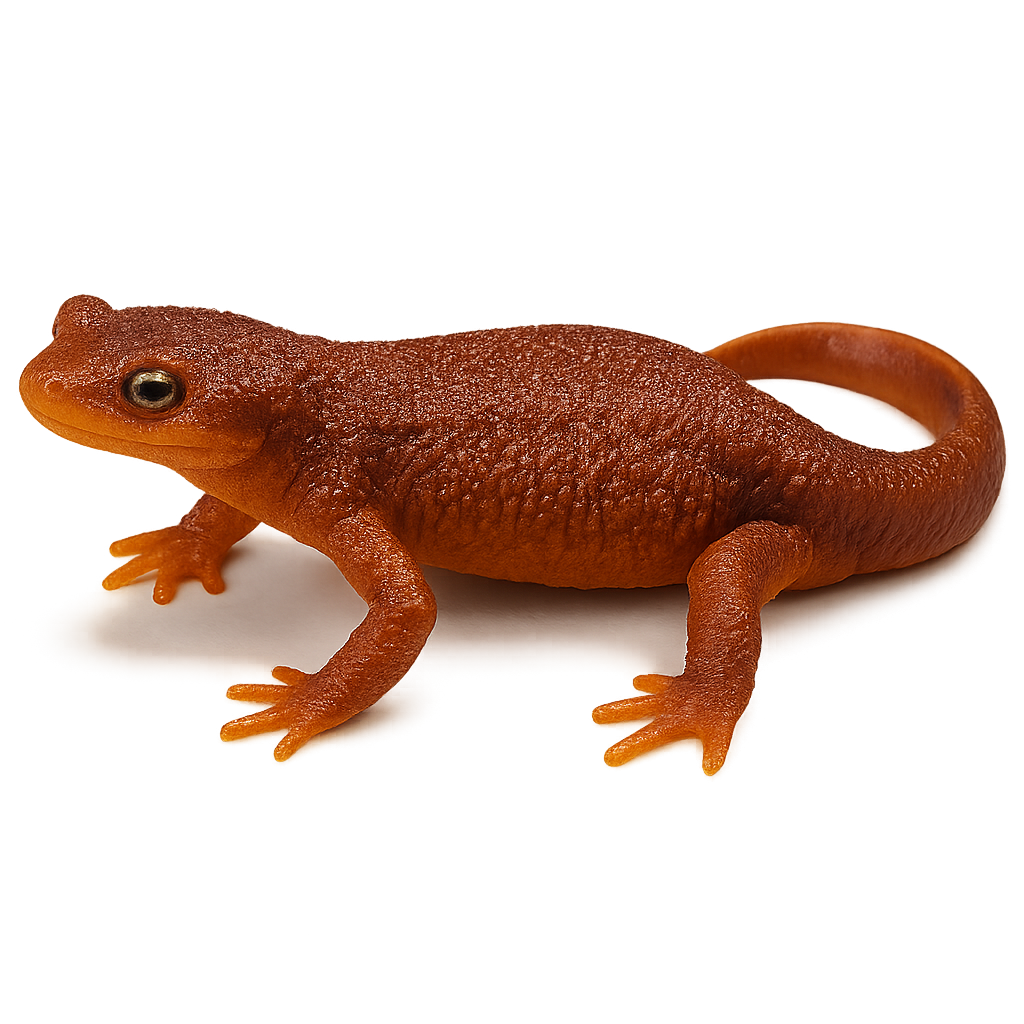Your wildlife photography guide.
Explore the california newt in detail, study its behavior, prepare your shots.
Where to observe and photograph the california newt in the wild
Learn where and when to spot the california newt in the wild, how to identify the species based on distinctive features, and what natural environments it inhabits. The WildlifePhotographer app offers tailored photography tips that reflect the california newt’s behavior, helping you capture better wildlife images. Explore the full species profile for key information including description, habitat, active periods, and approach techniques.
California Newt
Scientific name: Taricha torosa

IUCN Status: Near Threatened
Family: SALAMANDRIDAE
Group: Amphibians
Sensitivity to human approach: Suspicious
Minimum approach distance: 3 m
Reproduction period: December to March
Incubation: 5–7 mois
Births: May to June
Habitat:
Moist forests, grasslands, riparian zones
Activity period :
Mainly active at night, generally discreet during the day.
Identification and description:
The California Newt, Taricha torosa, is a fascinating amphibian native to the west coast of the United States. It is distinguished by its rough skin and bright coloration, ranging from dark brown on the back to bright orange on the belly. This coloration serves as a warning to potential predators, as it secretes a powerful toxin called tetrodotoxin. Typically measuring between 12 and 20 cm, it primarily inhabits moist forests, grasslands, and riparian zones. During the breeding season, it migrates to ponds and streams to lay its eggs. Although primarily terrestrial, it returns to water to breed. Its ability to regenerate body parts makes it an interesting subject of study for scientists.
Recommended lens:
Macro – adjust based on distance, desired framing (portrait or habitat), and approach conditions.
Photography tips:
To photograph the California Newt, it is advisable to use a macro lens to capture the details of its textured skin and bright colors. Approach slowly and discreetly to avoid scaring it. The best time to photograph it is after rain, when the ambient humidity enhances its colors. Opt for soft light, such as morning or evening, to avoid reflections on its moist skin. Be patient and respect its natural space to obtain authentic and captivating shots.
The WildlifePhotographer App is coming soon!
Be the first to explore the best nature spots, track rutting seasons, log your observations, and observe more wildlife.
Already 1 432 wildlife lovers subscribed worldwide

